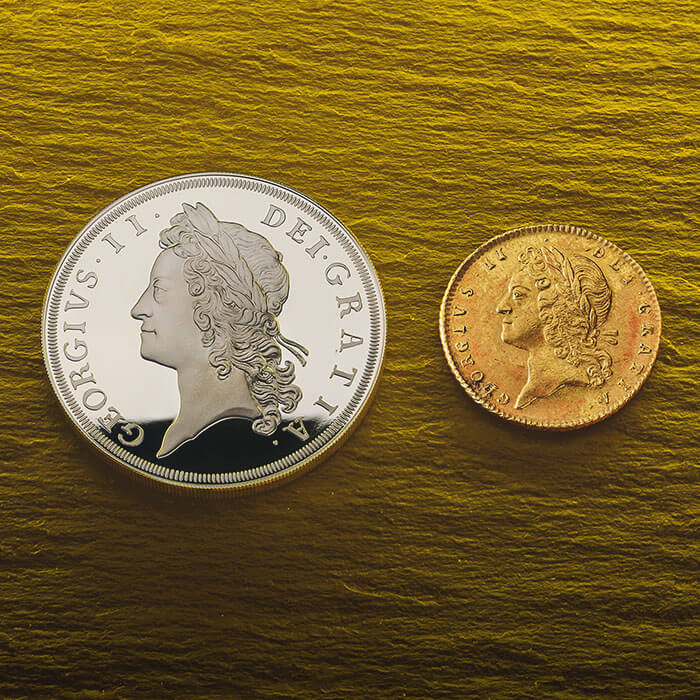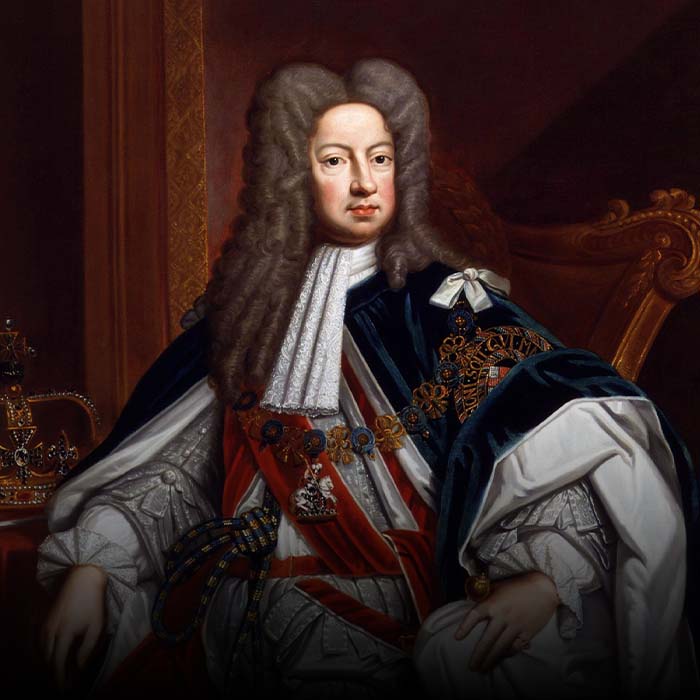The latest coin released as part of our British Monarchs Collection features the coinage portrait of George II, the second king from the House of Hanover. George Augustus was born in Hanover as the son of George Louis and Sophia of Celle.
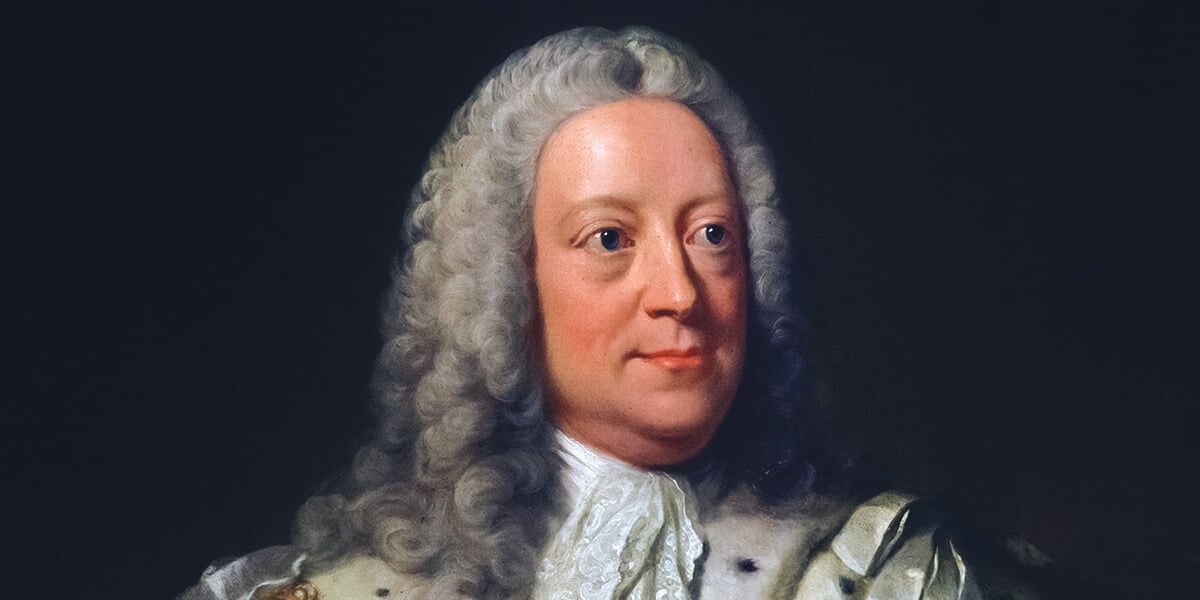
George Louis didn’t want his son to have an arranged marriage as he had done, so encouraged him to meet potential brides before making a decision. George Augustus secretly met with Caroline of Anspach. George liked Caroline immensely, and the two were married in 1705 as a love match. The couple had a son, Frederick, and then three daughters, Anne, Amelia and Caroline.
George Louis acceded to the British throne as George I in 1714. George Augustus became Prince of Wales and the relationship between father and son began to sour after George I’s accession.
George and Caroline had a second son in 1717, and George disagreed with a baptismal sponsor that his father had selected. The two argued, and George I eventually threw the couple out of their apartment at St James’s Palace, keeping custody of the children born before 1717. George Augustus began to entertain opposition politicians to his father’s government in his new home at Leicester House, parts of which later became Leicester Square. Some of these were powerful Whigs such as Robert Walpole. After Walpole gained power in the government of George I, the Prince of Wales’ relations cooled towards him.
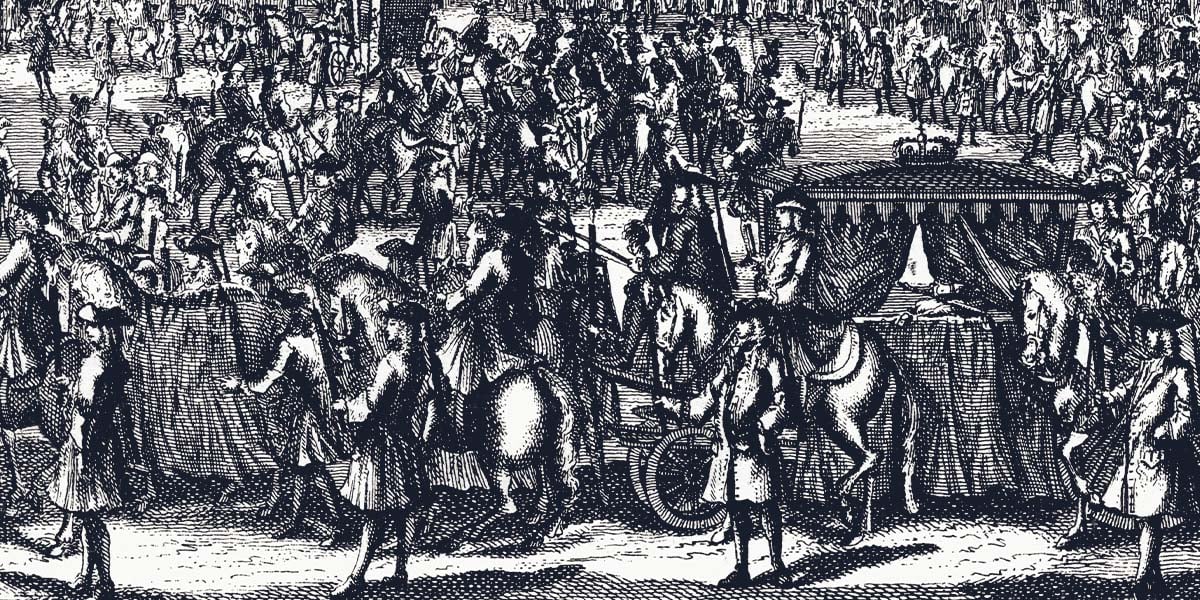
George I died in June 1727, and George II acceded to the throne. Walpole remained in power and became the effective Prime Minister. George II gave him the property of 10 Downing Street as a personal gift (although it was number 5 at the time), and Walpole took up residence in 1735. Not all of Walpole’s successors took up residence at Downing Street, however, it soon became the official residence of the country’s Prime Minister, right through to the modern day.
Coinage remained largely unchanged during the reign of George II. The guinea was the predominant gold coin at the time and has been used as the inspiration for the 2023 British Monarchs George II commemorative coin. Some gold and silver coins featured provenance marks to denote where the precious metals had come from, such as silver coins featuring roses, plumes, or a mixture of the two.
The main change to coinage during the reign of George II was the introduction of alterations suggested by the Reverend Peter Vallavine. Criminals were filing down guineas to collect gold that could be melted down to make fraudulent coinage. After examining several guineas, Vallavine noticed that those featuring the coinage portrait of Mary II and William III were rarely maltreated. He attributed this to the fact that the lettering was closer to the edge of the coin, making it easier to notice if a coin had been tampered with. Vallavine also suggested adding a curved graining to the edges of coins to make them more secure.
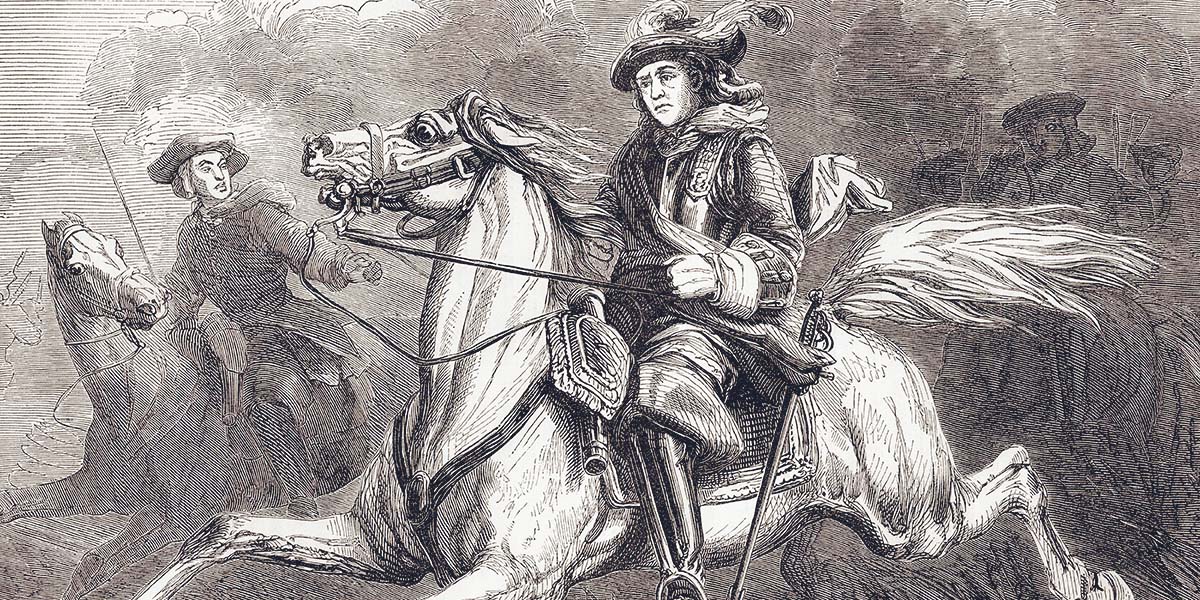
Gold coins dating back to the reign of Elizabeth I were still in circulation, as there hadn’t been a recoinage to replace the older variants which were more susceptible to filing and clipping. These older coins were finally removed from active use in 1733. The Royal Mint re-coined £700,000 of this gold into guineas and half-guineas, which would be the equivalent of around £132 million in today’s money.
After George II acceded to the throne, his eldest son Frederick became the new Prince of Wales. Frederick had remained in Hanover when his grandfather had acceded to the throne and came over to Britain in 1728. Similar to George II’s relationship with his own father, the two had a poor relationship as father and son. Frederick entertained opposition politicians in Leicester House as his father had done before him. Frederick died suddenly in 1751, leaving his son, George, to become heir to the British throne.
After Walpole retired in 1742, George II was free to become involved in foreign disputes, such as the War of the Austrian Succession. George II feared that France would use the conflict as an excuse to encroach on Hanoverian lands. He became the last British monarch to ride into battle with his troops at the Battle of Dettingen.
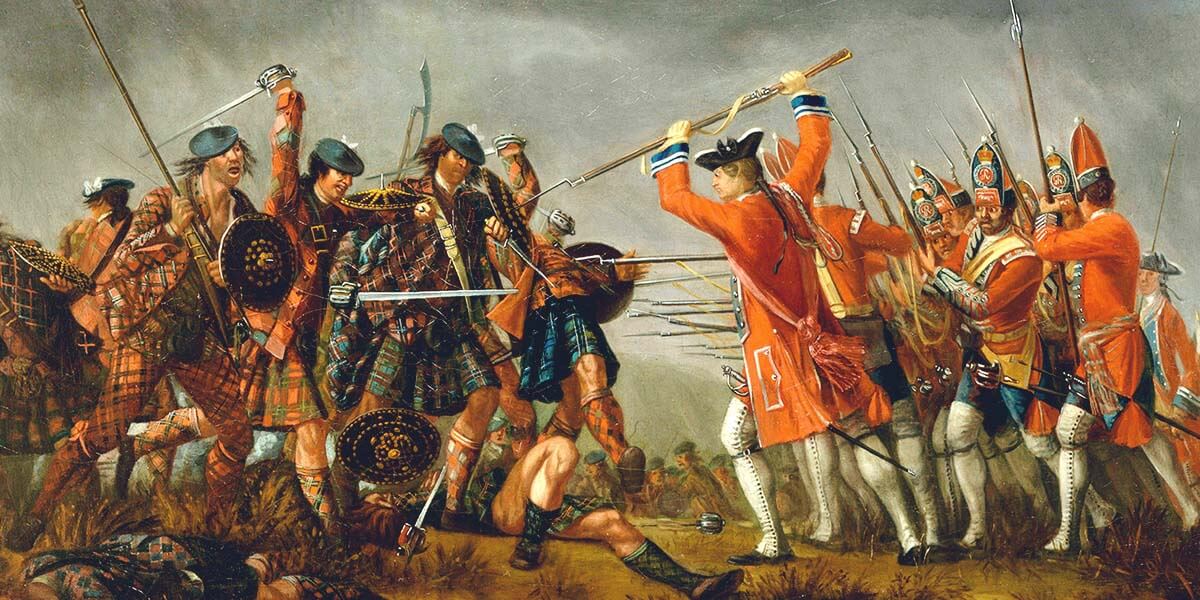
His forces won and George II was praised for his bravery, however, the battle had dented his popularity with the British public. It was seen to be supporting Hanoverian interests rather than those of the United Kingdom, and George II was criticised for wearing the yellow Hanoverian sash instead of the British insignia.
The direct descendants of James II saw George’s declining popularity as an opportunity to claim back the throne for the House of Stuart. The eldest living son of James II, James Francis Edward Stuart mounted several rebellions against George II. James Francis was seen by many throughout Britain – particularly in Scotland – to be the rightful heir to the throne. His son, Charles Edward Stuart, launched an invasion in 1745, but was defeated by George II’s son, William, Duke of Cumberland, at the Battle of Culloden, which effectively put an end to the Jacobite claim to the throne, securing the Hanoverian line.
The arts flourished under the reign of George II, despite the monarch lacking a passion for them. Handel was commissioned to write music for George II and wrote some of his most famous pieces during this time. Handel’s Zadok the Priest was composed for the coronation of George II and has been used for all subsequent coronations since 1727.
George II donated the Royal Library to the British Museum, which became a foundation of the British Library. George II became the longest-living monarch at the time of his death in 1760 at 76 years old, and he was succeeded by his 22-year-old grandson George III.

